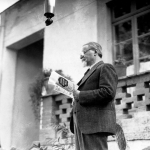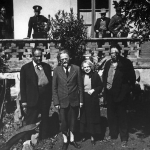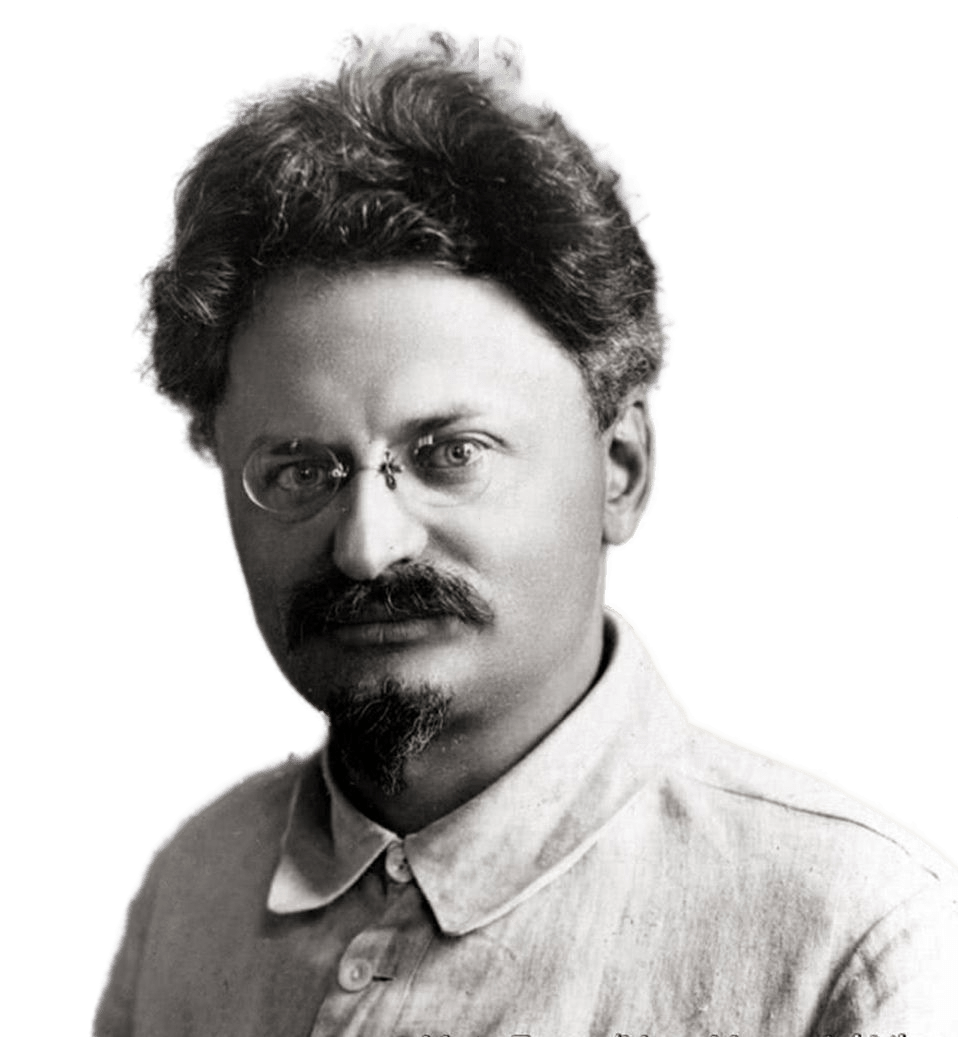
16.12.2022
After Lenin’s death on January 21, 1924 he was isolated in the highest party leadership. At the 13th Congress in May 1924 he was sharply criticized by practically all the delegates who spoke.
In response in autumn 1924 he published the article Lessons of the October Revolution, where he condemned the behavior of Zinoviev and Kamenev during the October Revolution and laid the responsibility for the failure of the communist uprising in Germany in 1923 on them. Criticized the triumvirate for bureaucratization of the party; called for active involvement of young cadres in its ranks.
On January 26, 1925 he was deposed as chairman of the Revolutionary Military Council. In 1926 he allied with Zinoviev and Kamenev against Stalin’s group. He demanded freedom of inner-party discussions, strengthening of dictatorship of proletariat, struggle with kulaktsov; blamed the party leadership for treason against the ideals of October revolution and rejection of the idea of world revolution; condemned Stalin’s theory about possibility of building socialism in one particular country.
For “anti-party activities” and “petty-bourgeois bias” in October 1926, removed from the Politburo, in October 1927 at the 15th Congress of the CPSU (b) – from the Central Committee, and after an open entry with his supporters November 7, 1927, the tenth anniversary of the October Revolution, was excluded from the party. Trotsky’s supporters were especially numerous among the leading personnel of the Red Army (M.N. Tukhachevsky, Y.B. Gamarnik, etc.).
Outside the USSR
In January 1928 he was exiled to Alma-Ata, and in early 1929 together with his family was deported from the USSR.
He wrote his autobiography My Life and his main historical work History of the Russian Revolution. He criticized industrialization and collectivization in the USSR. In 1933 he moved to France, and in 1935 to Norway. He published the book Betrayed Revolution, in which he characterized the Stalinist regime as a bureaucratic rebirth of the dictatorship of the proletariat and revealed the deep contradictions between the interests of the bureaucratic caste and the interests of the masses.
At the end of 1936 he left for Mexico, where he settled with the help of the Trotskyist artist Diego Rivera and lived in his fortified and guarded villa in Coyocan (a suburb of Mexico City). He was sentenced in absentia to death in the USSR; his first wife and youngest son, Sergei Sedov, who pursued an active Trotskyist policy, were shot.
In 1938 he united groups of his supporters all over the world into the IV International. Started to write a book about Stalin as a fateful figure for the socialist movement. He issued an appeal to the working people of the USSR to overthrow the Stalinist clique. Condemned the Soviet-German non-aggression treaty; at the same time approved the entry of Soviet troops into Western Ukraine and Western Belorussia and the war with Finland.
The Death of Trotsky
In 1939 Stalin ordered his liquidation. In early 1940, he wrote a political will in which he expressed the hope for a near proletarian world revolution. In May 1940, the first attempt to kill Trotsky, organized by the Mexican communist artist David Siqueiros, failed.
On August 20, 1940, he was fatally wounded by Ramon Mercader, a Spanish Communist and NKVD agent who had infiltrated his inner circle.
He died on August 21 and was buried in the courtyard of his Coyocan home after cremation.
The Soviet authorities publicly denied any involvement in the murder. R. Mercader was sentenced by a Mexican court to twenty years in prison; after his release in 1960 he received the title of Hero of the Soviet Union.
You may also like:

16.12.2022
Lev Trotsky after his expulsion from the USSR

16.12.2022
1923. Lenin's withdrawal from business. Beginning of active struggle for power

16.12.2022
Trotsky in the last years of Lenin's life. Beginning of the struggle for power within the RCP(b)

16.12.2022
Lev Trotsky: the most brilliant revolutionary
